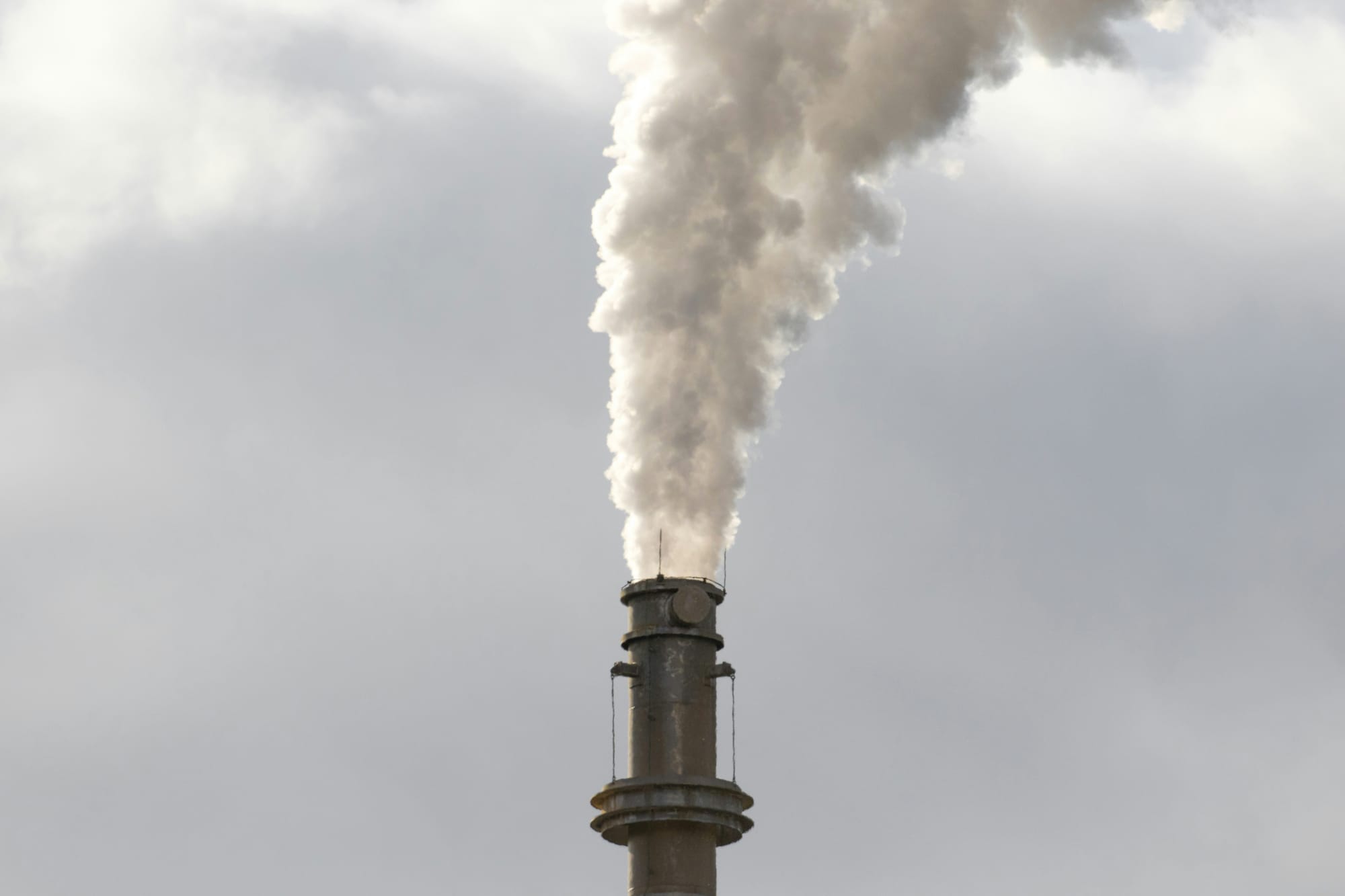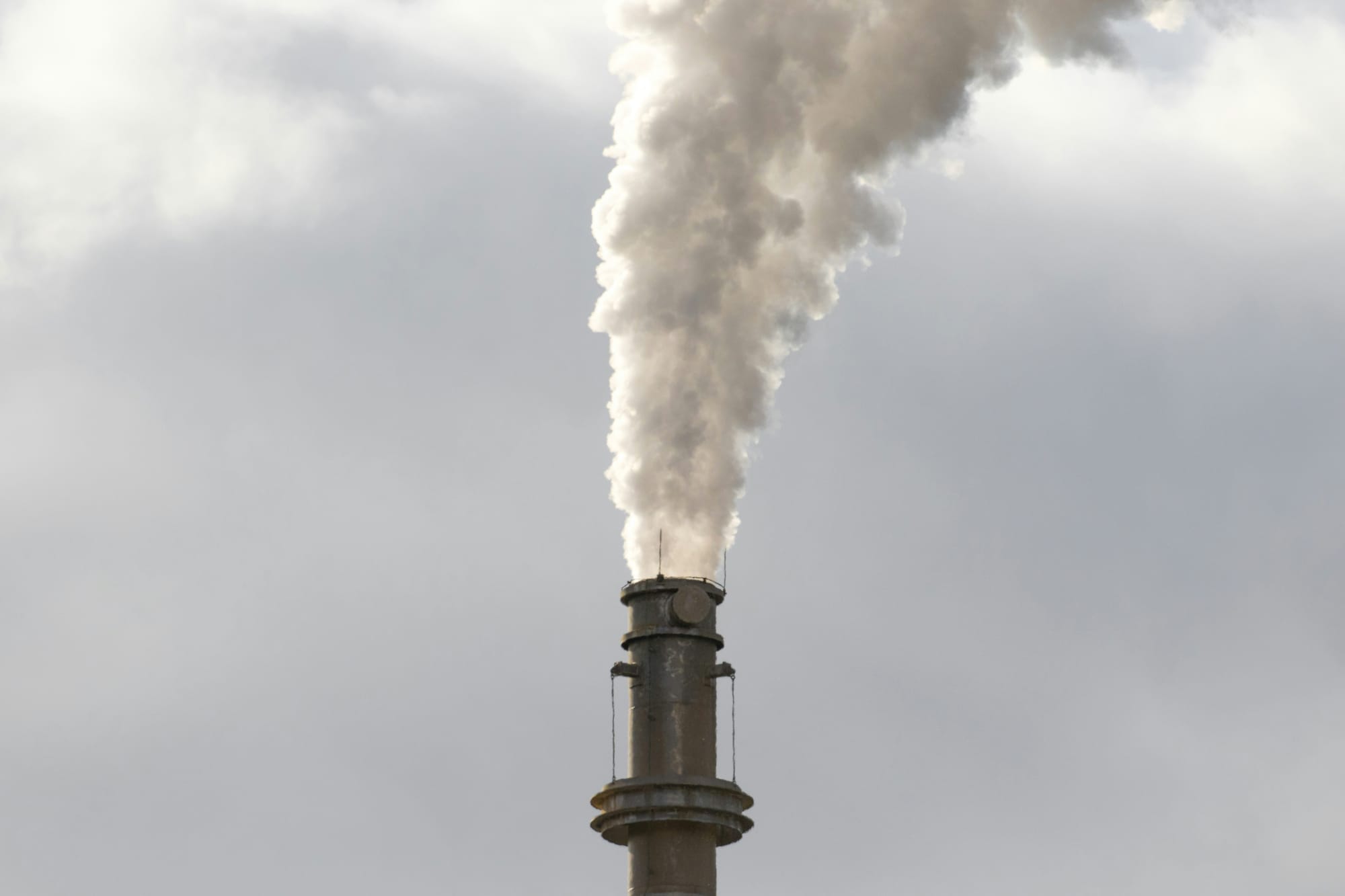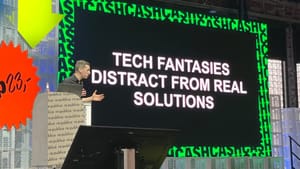
Remember a couple years ago when everyone was talking about how Bitcoin alone was using as much energy as a medium-sized country to enable rampant speculation and financial scams? The demand was so high in some jurisdictions that it was keeping fossil-fuel power plants from being taken offline, and even reactivating some defunct polluting generation infrastructure. Crypto’s environment toll was rightfully seen as unconscionable to many people following the industry. But the generative AI boom is taking it to a whole new level.
Since the launch of ChatGPT in December 2022, the entire tech industry has reoriented itself to try to get a boost from the interest in generative AI and many sectors beyond have pretended they’re doing something with artificial intelligence (AI) too in the hopes of increasing their share price. But if there are any winners from the AI hype, it’s the companies running the data centers — especially Microsoft, Google, and Amazon — and those making the chips that power it all. Nvidia is the standout example in that category, given its ascent to become one of the most valuable publicly traded companies in the world and the questions that’s prompted about the AI bubble.
All those generative AI tools are incredibly computationally intensive, which means they require a lot of dedicated hardware within massive hyperscale data centers owned by the cloud oligopoly, and all that computing power requires a immense amount of water and electricity to keep it running. If you’ve followed tech investment news over the past year, you’ve been seeing the effect of that as Microsoft, Google, and Amazon have dropped billions of dollars every few weeks on new communities around the world for new data center projects.
AI’s soaring resource demands
Some of those projects are far from operational, but we’re already starting to get concrete numbers that put the toll of this expansion of computation into context. Earlier this week, Google revealed that its emissions have increased by 48% in just five years, despite its previous promises to hit net-zero emissions by 2030. Much of that increase is driven by its push to accelerate AI deployment. The picture is much the same at Microsoft.
AI is fueling a data center boom. It must be stopped.
In May, the conglomerate revealed its own emissions had risen about 30% since 2020, jeopardizing its pledge to become carbon negative by 2030. Speaking to Bloomberg, Microsoft president Brad Smith said the “moonshot” carbon goal was set before the generative AI moment, and as a result, “the moon is five times as far away as it was in 2020, if you just think of our own forecast for the expansion of AI and its electrical needs.” In short, Smith wasn’t going to allow climate considerations to get in the way of his company’s intention to roll out resource-intensive AI products and try to cement its dominance in the cloud economy.
With its investment in OpenAI, Microsoft is at the forefront of the generative AI push and it’s also leading the charge to expand data center capacity to enable it. The company now has more than 5 gigawatts (GW) of installed server capacity, which is more than Hong Kong or Portugal’s electricity consumption, and it set an internal goal of significantly accelerating new capacity to an additional 1GW in the first half of 2024, reaching an additional 1.5GW to be added in the first half of 2025 alone. It reportedly spent more than $50 billion on new data center capacity between July 2023 and June 2024.
All of those data centers also require water, and slightly older numbers suggest cloud companies’ demand for that is soaring too. Microsoft’s water demand jumped by 34% in 2022 over the previous year, driven in large part by its data centers, while Google’s water use was up by 20% over the same period. Those numbers are from before generative AI took the tech world by storm, and it’s credible to assume significant increases continued to take place in the years that followed.
It can be easy to get lost in numbers, but what they point to is an obvious truth: generative AI is an environmental disaster that’s accelerating natural destruction and the climate crisis at the very moment alarms are sounding about the precious little time that remains to turn things around. Tech companies once pitched themselves as the purveyors of a more ethical form of capitalism. They wanted us to believe they would balance corporate profit with environmental sustainability, such that the digital future was marketed as inherently more sustainable than the analog past. It’s clearer than ever that was a lie.
Sam Altman’s self-serving vision of the future
Tech CEOs driving climate chaos
The titans at the top of the tech industry are aligned with this drive toward climate suicide. In January, Sam Altman told a crowd at the World Economic Forum that we had to vastly increase energy production to power AI regardless of the consequences, and that we could simply geoengineer the planet to try to minimize the climate impacts. Elon Musk has taken up a similar line, downplaying the climate threat and calling for an acceleration of energy production — including of oil and gas.
Even self-styled climate champion Bill Gates has gotten in on the action. The billionaire philanthropist has long been an advocate of geoengineering, as it aligns with his position on climate change that we need to rely on technology rather than social and political change to address greenhouse gases — even if that means overshooting emissions targets in the short term. In the same spirit, he recently told governments and environmentalists to “not go overboard” with concerns about AI’s energy demands because it will deliver magical AI technofixes that will actually cut total emissions. It’s a statement that qualifies as climate denial, as far as I’m concerned.
We don’t need new tech to fight climate change
The subtext of what Gates is saying is pretty obvious: if concern about the resource demands of data centers is allowed to grow into a political issue, government action could get in the way of Microsoft’s ambitions, and as recent reporting revealed, Gates is much more involved in the company’s AI operations than his public statements suggest. As we already know, opposition to data centers is growing in cities and towns around the world, and it’s poised to accelerate as cloud providers keep building out even more hyperscale facilities.
The tech industry wants to head off public opposition before it becomes a real threat to its bottom line, but the fight against data centers and the generative AI tools they power is gearing up to be essential to determine who gets to chart our social and technological future. Will tech billionaires be allowed to accelerate climate chaos for a technology that, in practice, has few real beneficial use cases, or will we finally pull them from their thrones and reclaim true democratic authority over our lives? The fate of the planet might depend on stopping them before it’s too late.










Member discussion